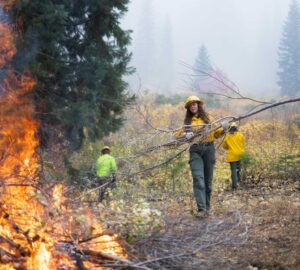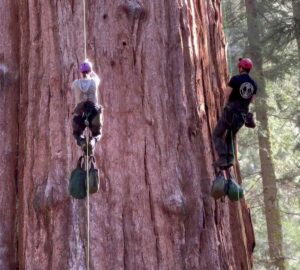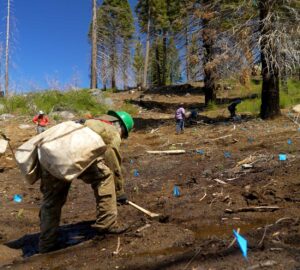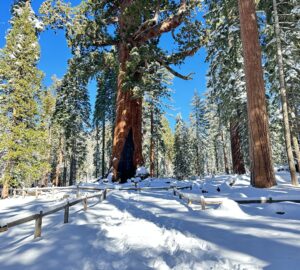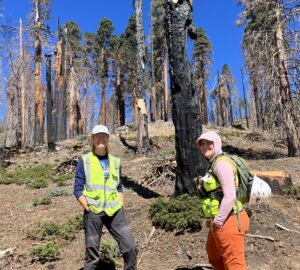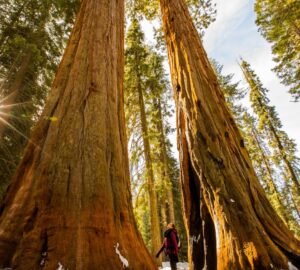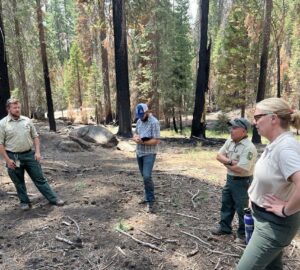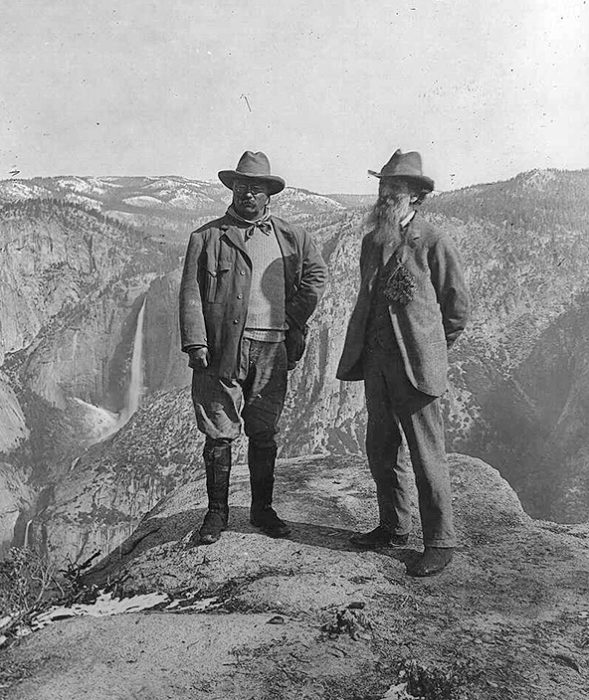
As the 26th president of the United States, Theodore Roosevelt made conservation a top priority. He created the United States Forest Service, established five national parks, and protected more than 230 million acres of public land in total.
But, Roosevelt’s greatest conservation legacy endures beyond even these incredible achievements. On June 8, 1906, exactly 112 years ago today, he signed the Antiquities Act into law. It was this act that allowed Roosevelt to protect places such as Muir Woods National Monument.
In the early 1900s, looters across the Western United States scoured Native American ruins in search of ancient artifacts. The Antiquities Act gave Roosevelt the power to quickly halt this pillaging. And, crucially, it gave future presidents authority to protect natural and cultural treasures across the country.
Over the twentieth century, presidents from both political parties diverted a multitude of impending threats—from deforestation to gas and oil mining—from millions of acres of land.
The 129 national monuments that exist today are strikingly diverse, but they all have one thing in common. Whether it’s the rocky peaks of the Siskiyou Mountains, the sienna-tinged depths of the Grand Canyon, or, of course, the awe-inspiring giant sequoia groves, a national monument sparks reverence and wonder in all its visitors. With each national monument designation comes enhanced accessibility to our country’s most wonderful places.
But as we celebrate the Antiquities Act today, we must also brace ourselves for an uncertain future. In April 2017, President Donald Trump signed an executive order which directed Secretary of the Interior Ryan Zinke to review any existing national monuments over 100,000 acres in size that were designated since 1996.
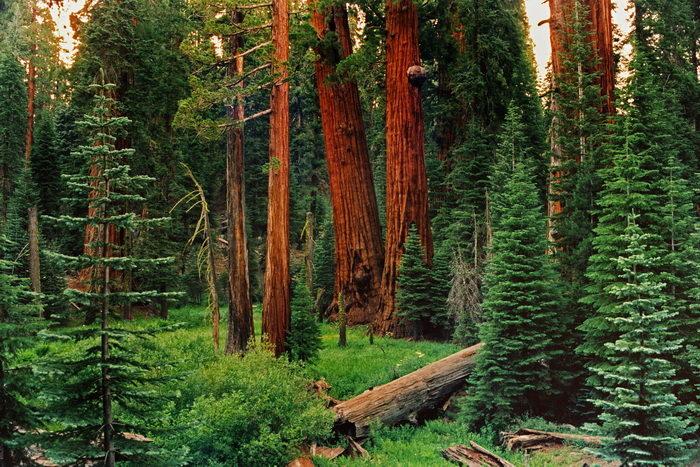
This February, after receiving Zinke’s recommendations, Trump reduced Bears Ears National Monument in Utah from 1.35 million to 201,786 acres—nearly an 85% reduction in size. Additionally, he shrunk Utah’s Grand Staircase Escalante National Monument by nearly half.
Given the lack of clarity around the administration’s conservation priorities or how the public might be engaged in potential resource management plan updates for any of the monuments, the fate of millions of acres of wildlands, full of vital habitat and culturally significant sites, remains largely unknown. Zinke originally reviewed the 328,000-acre Giant Sequoia National Monument, although he has yet to give it a recommendation.
We do know, however, that redwoods enthusiasts—just like you—have expressed overwhelming support for protecting national monuments. When it comes to Giant Sequoia National Monument, in particular, 95 percent of public comments favored the monument’s current boundaries—a good reason to feel optimistic about the future. (Out of the 2.8 million comments submitted to the Department of Interior, 99 percent stood in favor of public lands!)
When it comes to protecting our country’s natural wonders, nobody says it better than Roosevelt: “There can be nothing in the world more beautiful than the Yosemite, the groves of the giant sequoias and redwoods, the Canyon of the Colorado, the Canyon of the Yellowstone, the Three Tetons; and our people should see to it that they are preserved for their children and their children’s children forever, with their majestic beauty all unmarred.”
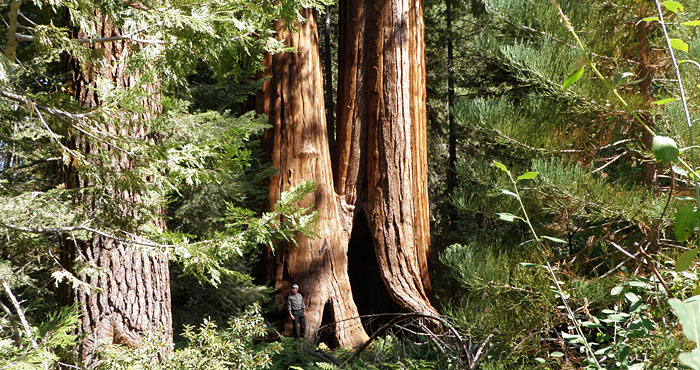
Help protect our national monuments and the Antiquities Act, which protected these treasured places by asking your Members of Congress to consider cosponsoring S. 2354, the Antiquities Act of 2018 and HR 4518, the Bears Ears Expansion Act (external links), if they haven’t already.
Learn more about the Giant Sequoia National Monument, the League’s efforts to protect it, and the executive order that called for its review, along with 26 other monuments, on our Giant Thoughts Blog. You can also plan a visit to this forest and more than 100 other parks and reserves with our mobile-friendly trip planner at ExploreRedwoods.org.
Madeleine Turner also contributed to this post.

